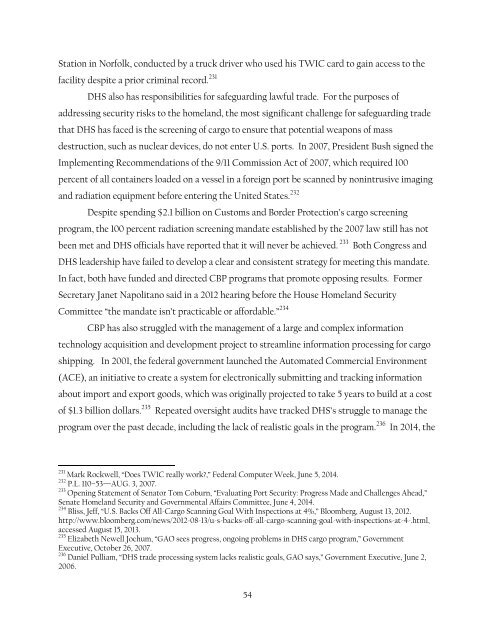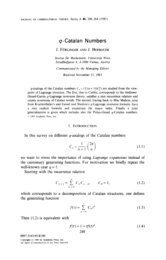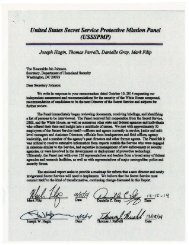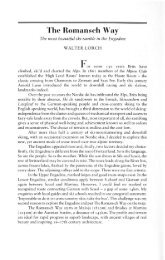010815as1
Create successful ePaper yourself
Turn your PDF publications into a flip-book with our unique Google optimized e-Paper software.
Station in Norfolk, conducted by a truck driver who used his TWIC card to gain access to the<br />
facility despite a prior criminal record. 231<br />
DHS also has responsibilities for safeguarding lawful trade. For the purposes of<br />
addressing security risks to the homeland, the most significant challenge for safeguarding trade<br />
that DHS has faced is the screening of cargo to ensure that potential weapons of mass<br />
destruction, such as nuclear devices, do not enter U.S. ports. In 2007, President Bush signed the<br />
Implementing Recommendations of the 9/11 Commission Act of 2007, which required 100<br />
percent of all containers loaded on a vessel in a foreign port be scanned by nonintrusive imaging<br />
and radiation equipment before entering the United States. 232<br />
Despite spending $2.1 billion on Customs and Border Protection’s cargo screening<br />
program, the 100 percent radiation screening mandate established by the 2007 law still has not<br />
been met and DHS officials have reported that it will never be achieved. 233 Both Congress and<br />
DHS leadership have failed to develop a clear and consistent strategy for meeting this mandate.<br />
In fact, both have funded and directed CBP programs that promote opposing results. Former<br />
Secretary Janet Napolitano said in a 2012 hearing before the House Homeland Security<br />
Committee “the mandate isn’t practicable or affordable.” 234<br />
CBP has also struggled with the management of a large and complex information<br />
technology acquisition and development project to streamline information processing for cargo<br />
shipping. In 2001, the federal government launched the Automated Commercial Environment<br />
(ACE), an initiative to create a system for electronically submitting and tracking information<br />
about import and export goods, which was originally projected to take 5 years to build at a cost<br />
of $1.3 billion dollars. 235 Repeated oversight audits have tracked DHS’s struggle to manage the<br />
program over the past decade, including the lack of realistic goals in the program. 236 In 2014, the<br />
231 Mark Rockwell, “Does TWIC really work?,” Federal Computer Week, June 5, 2014.<br />
232 P.L. 110–53—AUG. 3, 2007.<br />
233 Opening Statement of Senator Tom Coburn, “Evaluating Port Security: Progress Made and Challenges Ahead,”<br />
Senate Homeland Security and Governmental Affairs Committee, June 4, 2014.<br />
234 Bliss, Jeff, “U.S. Backs Off All-Cargo Scanning Goal With Inspections at 4%,” Bloomberg, August 13, 2012.<br />
http://www.bloomberg.com/news/2012-08-13/u-s-backs-off-all-cargo-scanning-goal-with-inspections-at-4-.html,<br />
accessed August 15, 2013.<br />
235 Elizabeth Newell Jochum, “GAO sees progress, ongoing problems in DHS cargo program,” Government<br />
Executive, October 26, 2007.<br />
236 Daniel Pulliam, “DHS trade processing system lacks realistic goals, GAO says,” Government Executive, June 2,<br />
2006.<br />
54








![55721335-d6fe09eb5ffdcc87dbf6c3f0b5bbda07d2261e98[1]](https://img.yumpu.com/56533583/1/186x260/55721335-d6fe09eb5ffdcc87dbf6c3f0b5bbda07d2261e981.jpg?quality=85)








